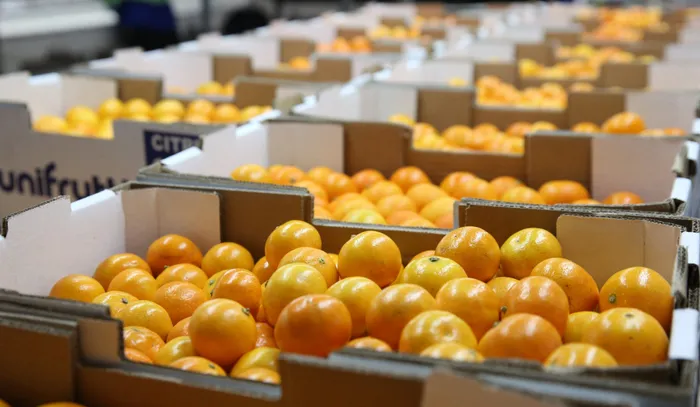US tariffs threaten 40 000 jobs, warns Reserve Bank

Agriculture is the most at risk sector, SARB says.
Image: Zanele Zulu | Independent Newspapers
New US tariffs on South African agricultural exports could devastate rural employment and weigh heavily on economic growth, the South African Reserve Bank (SARB) has warned.
In its October 2025 Monetary Policy Review, the central bank said that although agriculture makes up only 4.2% of South Africa’s exports to the United States, the sector is “fully exposed” to the 30% tariff now in effect.
Citrus, sugar and wine are among the hardest-hit products.
“The loss of jobs and incomes could decimate some rural communities,” the bank said in the report, adding that employment could drop by as many as 40 000 jobs compared with the baseline scenario.
Other estimates put potential job losses at about 22 000 across the economy — enough to push the total number of unemployed close to nine million.
SARB’s models suggest the tariffs could knock 0.4 percentage points off South Africa’s economic growth in 2026.
Trade diversion may offer limited relief, but weak competitiveness and sluggish growth in major partner economies mean South Africa faces “diminished prospects” of cushioning the blow.
The tariffs took effect on 7 August after South Africa failed to strike a new trade deal with Washington.
Reduced US demand could also suppress global commodity prices and further disrupt supply chains, compounding the damage.
The economy grew 0.8% in the second quarter of 2025, with most forecasts placing full-year growth at around 1%, in line with the International Monetary Fund’s (IMF) projections.
The IMF expects growth to rise to 1.2% in 2026, while Investec chief economist Annabel Bishop sees 1.5%, supported by an easing global freight crisis.
Meanwhile, SARB Governor Lesetja Kganyago has kept the repo rate on hold, leaving the prime lending rate at 10.5%.
Kganyago reiterated the bank’s push to lower the inflation target from the current 3%–6% range to a flat 3%, arguing that a lower target would support “sustainable economic growth and cheaper borrowing costs”.
The review noted that current forecasts support a more ambitious target.